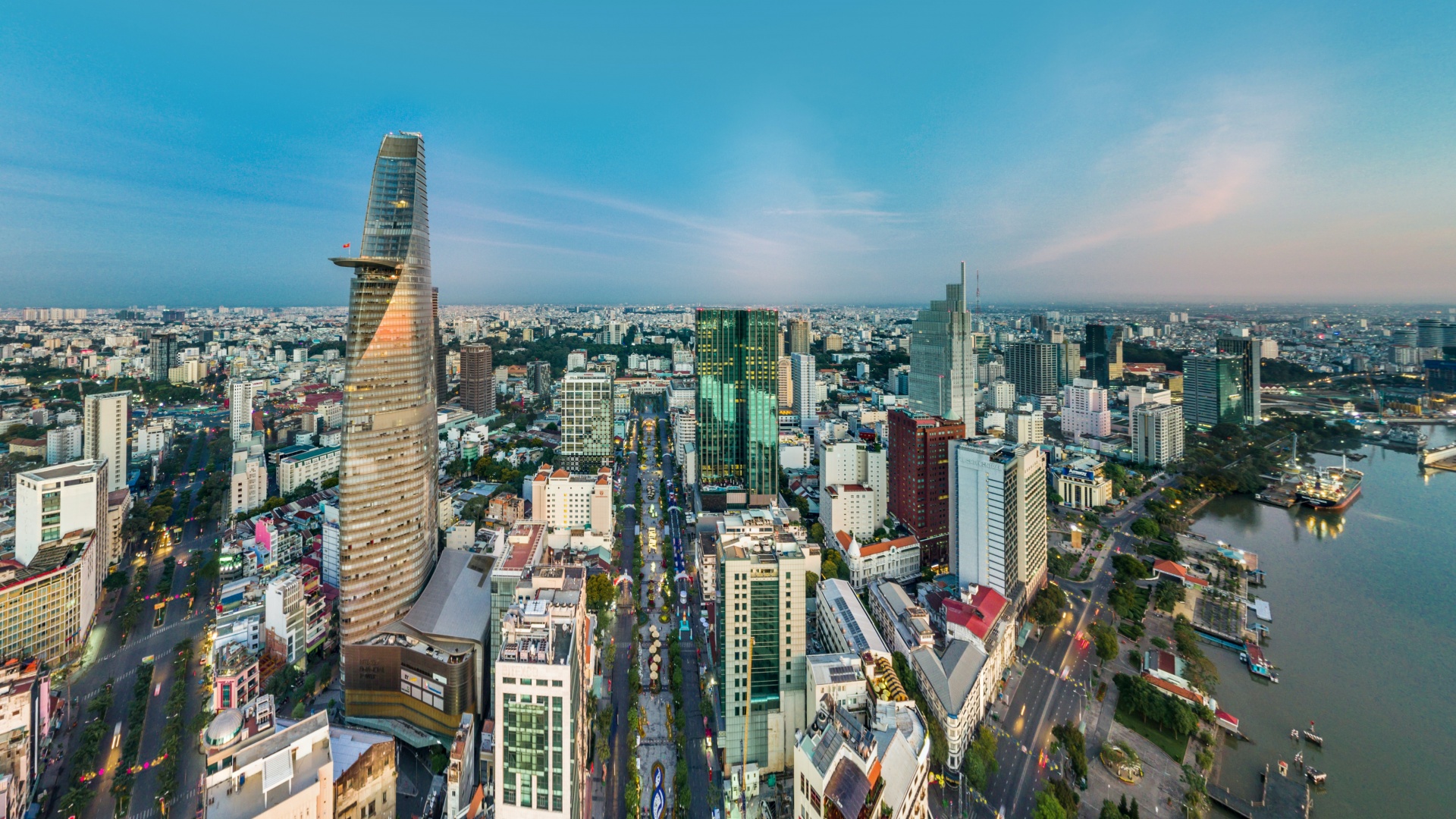Top 500 private firms responsible for 18.4 per cent of revenue
 |
By the end of 2021, Vietnam was home to approximately 695,000 domestic private enterprises. These businesses employed over 58 per cent of the workforce, owned close to 60 per cent of assets, and generated 58 per cent of the net revenue of active businesses in the country. Despite making up only 0.075 per cent of the total number of enterprises, the VPE500 made notable contributions, employing 12 per cent of the labour force, owning 28 per cent of total assets, and accounting for 18.4 per cent of the revenue of the entire domestic private sector.
According to Nguyen Quoc Truong, deputy director of the Institute for Development Strategy, the VPE500 is widely regarded as a major force with considerable influence in the market. “The business models, competitive prowess, and growth of the VPE500 group could set precedents, shaping strategic matters such as technological advancements and global value chain integrations,” said Truong.
Dr. Tran Toan Thang, head of the International Department at the Institute and a member of the VPE500 research team, revealed that a large portion of these top 500 private firms are primarily located in two regions, the Red River Delta and the southeastern region, with Ho Chi Minh City, Hanoi, Binh Duong, Dong Nai, and Hung Yen accounting for 50 to 52 per cent. Key sectors that feature prominently among these large private enterprises include manufacturing, trading, and construction.
The VPE500 report also highlighted the rapid growth of these businesses, indicating not only their larger scale compared to other private companies but also their faster expansion rates. On average, VPE500 companies have seen yearly productivity growth of approximately 9.3 per cent, an asset growth of 18 per cent, and a revenue growth of just under 12 per cent.
Discussing the influence of the VPE500, Dr. Thang said, “The activities of these entities have a significant ripple effect on domestic private investment, surpassing the impacts of both foreign-invested enterprises (FIEs) and state-owned enterprises. Specifically, a 1 per cent increase in VPE500 investment boosts domestic private enterprise investments by 0.45 per cent in the initial year and a further 0.26 per cent in the following year.”
“This suggests that investments by larger private companies stimulate investment demand from smaller private enterprises, who act as suppliers or satellite firms to the VPE500,” Dr. Thang added.
Conversely, Dr.Thang also noted the presence of an investment crowding-out phenomenon caused by FIEs in the same industry, impacting downstream domestic private businesses.
For instance, a 1 per cent increase in FIE investments results in a 0.32 per cent reduction in domestic private enterprise investment in the current year and a further 0.16 per cent in the subsequent year.
Moreover, evidence suggests that both the VPE500 and FIEs have a crowding-out effect on domestic private enterprises.
“An increase of 1 per cent in VPE500 revenues can reduce the revenue of smaller domestic private businesses by 0.11 per cent in the following year due to increased competition,” said Dr. Thang.
Financial backing for the report was provided by the German Konrad-Adenauer-Stiftung Institute in Vietnam.
 | KPMG propels private enterprises in Vietnam towards sustainable excellence Private enterprises (PEs) encounter myriad obstacles encompassing economic fluctuations, technological progress, talent procurement, tax complexities, and the growing necessity for sustainable practices. In an exclusive interview with VIR's Celine Luu, Johnathan Lavender, global chairman of KPMG Private Enterprise, elaborated on how KPMG's extensive array of specialised services, tailored guidance, and profound expertise is dedicated to empowering PEs. |
What the stars mean:
★ Poor ★ ★ Promising ★★★ Good ★★★★ Very good ★★★★★ Exceptional
Related Contents
Latest News
More News
- Businesses ramp up production as year-end orders surge (December 30, 2025 | 10:05)
- Vietjet chairwoman awarded Labour Hero title (December 29, 2025 | 13:06)
- How to unlock ESG value through green innovation (December 29, 2025 | 10:03)
- AI reshapes media and advertising industry (December 29, 2025 | 08:33)
- FPT and GELEX sign deal to develop blockchain tech for global markets (December 29, 2025 | 08:29)
- Vietnam’s GDP forecast to grow by 9 per cent in 2026 (December 29, 2025 | 08:29)
- Women entrepreneurs are key to Vietnam’s economic growth (December 29, 2025 | 08:00)
- Vietnam's top 500 value-creating enterprises announced (December 27, 2025 | 08:00)
- The PAN Group shaping a better future with ESG strategy (December 26, 2025 | 09:00)
- Masan Consumer officially lists on HSX, marking the next phase of value creation (December 25, 2025 | 13:20)

 Tag:
Tag:




















 Mobile Version
Mobile Version